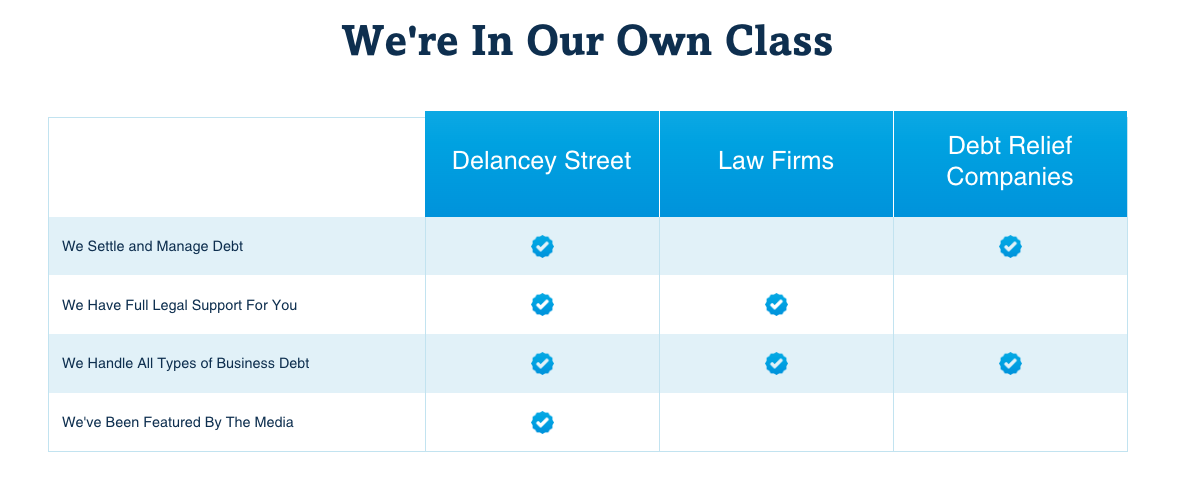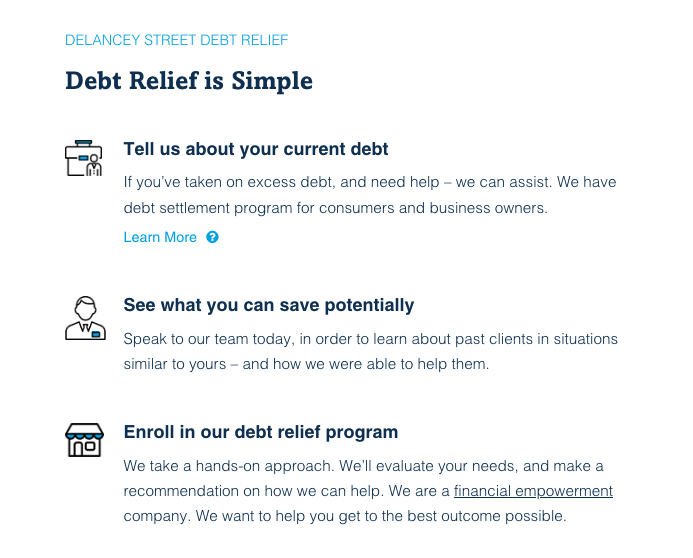The Truth in Lending Act: Protecting Consumers from Shady Lending Practices
Ever felt like you got ripped off by a lender? Like the fees and interest rates weren’t fully explained upfront? Well, that’s exactly what the Truth in Lending Act (TILA) aims to prevent.
This law requires lenders to be upfront about all the costs and terms involved with a loan – so you know exactly what you’re getting into before signing on the dotted line. No more hidden fees or surprises down the road!
 -
-What is the Truth in Lending Act?
The Truth in Lending Act is a federal law that was passed way back in 1968. Its main goal? To promote the informed use of consumer credit by requiring disclosures about its terms and cost.
In plain English, it forces lenders to give you the full scoop on loan costs, interest rates, and repayment terms before you take out a mortgage, auto loan, credit card, etc. That way, you can make an informed decision and compare offers easily.
The TILA doesn’t just cover new loans either. It also applies when you refinance or take on additional debt like a second mortgage. Basically, any time you’re taking on new credit obligations, those disclosures have to be made.
Why was it needed?
Back in the 60s, there was a lot of shady stuff going on in the lending industry. Lenders would bury key details in the fine print or flat-out mislead borrowers about the true costs involved.
 -
-People were getting trapped in loans they couldn’t really afford because the lenders weren’t upfront about fees, interest rates, and repayment terms. It was a mess.
The TILA was meant to clean up this deceptive lending environment and level the playing field for consumers. By requiring clear, standardized disclosures, it empowered people to understand exactly what they were signing up for and make smarter borrowing decisions.
Key Provisions of the Act
So what exactly does the TILA require lenders to disclose? Here are some of the biggest provisions:
Cost Disclosures
- The annual percentage rate (APR) that shows the yearly cost of credit
- The finance charge, including all fees and interest paid over the loan term
- The amount financed after subtracting fees from the loan principal
- The total of all payments over the full loan term
Repayment Terms
 -
-- The payment schedule showing amount and due dates
- The total amount you’ll pay with interest over the full term
- Any penalties for late payments or prepayment
Credit Terms
- The length of the repayment period
- Any variable interest rates that could change over time
- Whether the rate can go up after a low introductory period
Lenders have to provide these disclosures in a standardized way so you can easily compare costs across different loan offers. No more burying the details in fine print!
The TILA also gives you a three-day cooling off period to cancel certain loans like home equity lines of credit. This lets you back out if you have second thoughts after reviewing the full terms.
 -
-Impact on the Lending Industry
So how has this landmark law affected lenders and the consumer credit market over the past 50+ years? There have definitely been some pros and cons:
The Good:
- More transparency for borrowers on the true cost of loans
- Easier comparison shopping across different lenders
- Less predatory and deceptive lending practices
- Borrowers can make more informed credit decisions
The Not-So-Good:
- Increased compliance costs for lenders
- Some argue the disclosures are still too complex for many borrowers
- Hasn’t eliminated all irresponsible lending and borrowing
- Potential for discouraging lending in some markets
Overall though, most consumer advocates agree the TILA has been a positive force in cleaning up lending practices and empowering borrowers. It’s not a perfect law by any means, but it’s better than the Wild West lending environment we had before.
Enforcement and Penalties
So what happens if a lender violates the TILA and fails to make proper disclosures? They can face some pretty hefty penalties:
- The borrower can sue the lender for actual damages plus statutory damages of up to $5,000 per violation
- Class action lawsuits if the violations impact many borrowers
- Criminal liability including fines and potential imprisonment
- Regulatory enforcement actions from agencies like the CFPB
Lenders have a big incentive to follow the disclosure rules carefully. Those penalties can really add up, especially in a class action case.
The Consumer Financial Protection Bureau is the main federal regulator enforcing TILA compliance these days. State agencies like the New York Department of Financial Services also keep an eye on lenders.
Limitations and Criticisms
While the TILA has been praised for promoting transparency, it does have some notable limitations and criticisms:
- Information Overload – Some argue the disclosure documents are too long and complex for many borrowers to realistically understand. There’s a risk of disclosure fatigue.
- Loopholes – Certain types of lenders and loans are exempt from TILA requirements, creating inconsistencies. For example, credit unions are exempt in some cases.
- Predatory Lending Persists – While more transparent, some lenders still use deceptive marketing tactics and make unaffordable loans to vulnerable borrowers.
- Doesn’t Address Underwriting – The TILA focuses on disclosures but doesn’t regulate things like income verification and ability-to-repay standards.
- Outdated Rules – Some of the disclosure rules and forms haven’t kept up with newer lending products and online processes.
So while a well-intentioned law, the TILA isn’t a silver bullet against all lending abuses. Regulators and consumer advocates continue pushing for updates and additional protections.
Recent TILA Updates
Speaking of updates, the TILA has undergone some significant revisions in recent years:
TILA-RESPA Integrated Disclosures (TRID)
In 2015, the TRID rules combined the existing TILA disclosures with the Real Estate Settlement Procedures Act (RESPA) disclosures for mortgage loans. This created two new streamlined forms:
- The Loan Estimate – Provided within 3 days of applying, this discloses the loan terms, estimated closing costs, and other critical info.
- The Closing Disclosure – Provided 3 days before closing, this has the final costs, fees, and repayment details.
The goal was to make the mortgage process more transparent and easier to understand for homebuyers.
Qualified Mortgage (QM) Rules
The Qualified Mortgage rules were added in 2014 as part of the Dodd-Frank Act. While not directly part of TILA, these ability-to-repay provisions work together with TILA’s disclosure requirements.
QM rules prohibit lenders from making mortgages without verifying the borrower’s income, assets, debt obligations, and ability to repay the loan. It’s meant to prevent the kind of irresponsible underwriting that fueled the 2008 housing crisis.
So while TILA focuses on disclosures, the QM rules aim to ensure those disclosed mortgage terms are actually affordable and sustainable for the borrower.
The Future of TILA
Over 50 years after its passage, the Truth in Lending Act remains one of the most important consumer protection laws on the books. But it’s certainly not a static, unchanging piece of legislation.
Regulators and lawmakers are constantly evaluating ways to update and strengthen TILA’s disclosure requirements. Some potential future changes could include:
- Simplifying disclosure forms to make them more understandable
- Expanding TILA to cover new fintech and online lenders
- Closing loopholes that exempt certain loan products
- Increasing penalties for non-compliance
- Integrating TILA with other lending laws like ECOA
The goal, as always, is to keep evolving TILA so it continues promoting transparency and informed borrowing decisions in our ever-changing credit markets.
At the end of the day, the Truth in Lending Act is all about empowering you, the consumer. By requiring clear, upfront disclosures about loan costs and terms, it helps level the playing field against shady or predatory lending practices.
So the next time you’re taking out a loan, keep TILA in mind. Those disclosure documents aren’t just legalese – they’re an important tool to understand exactly what you’re signing up for. An informed borrower is a protected borrower!







